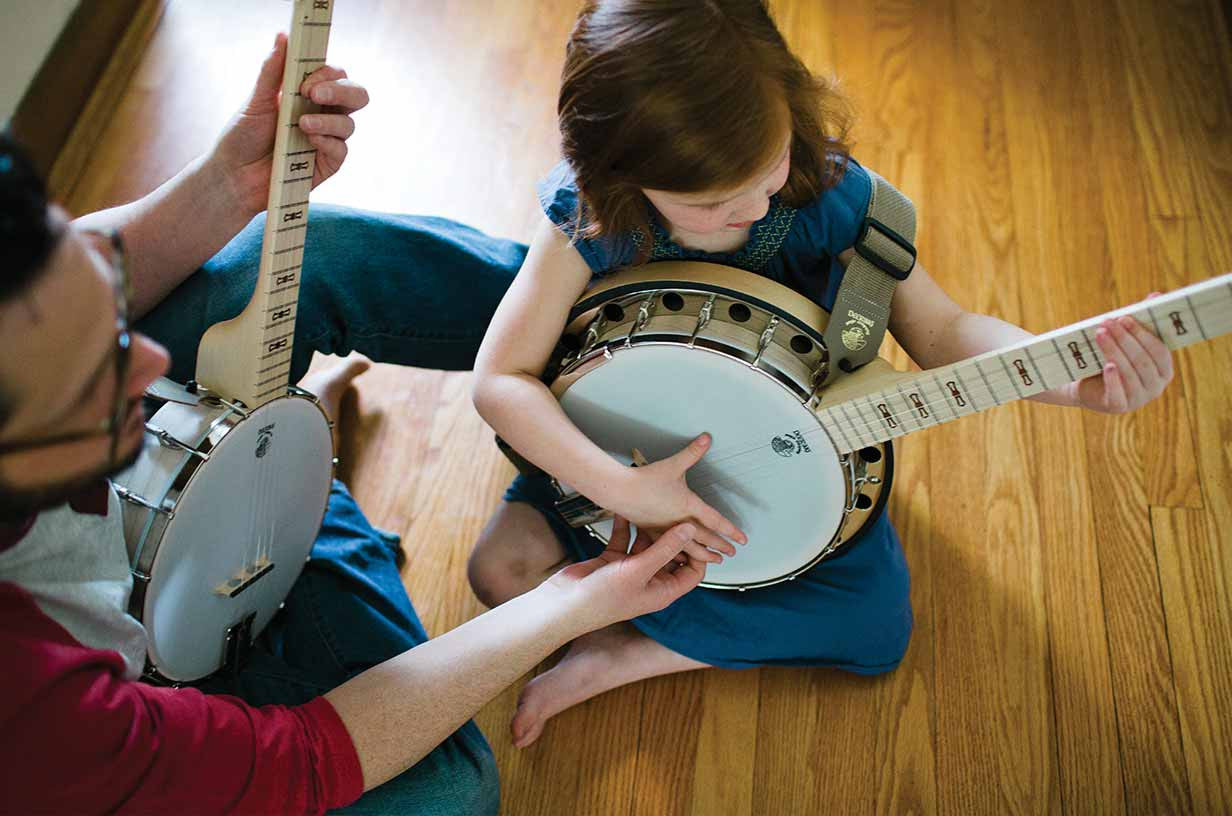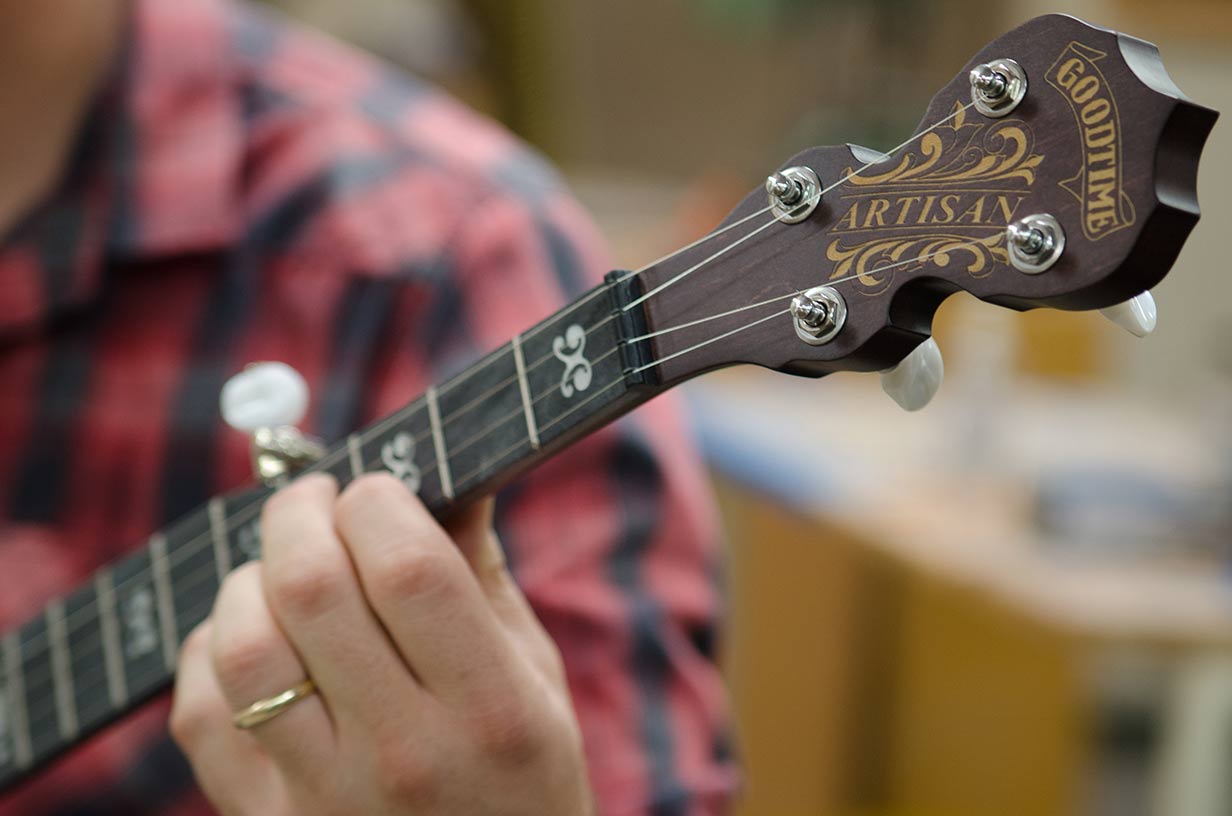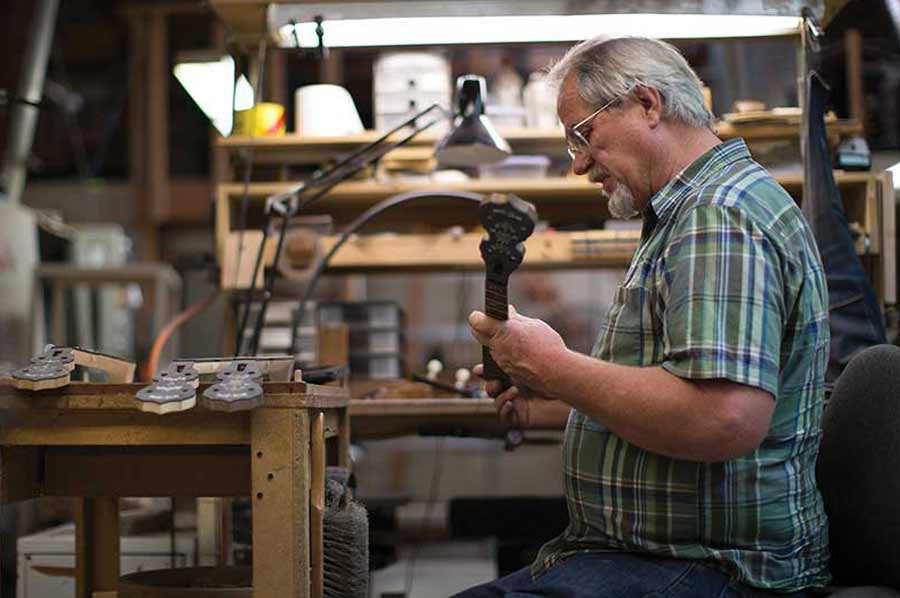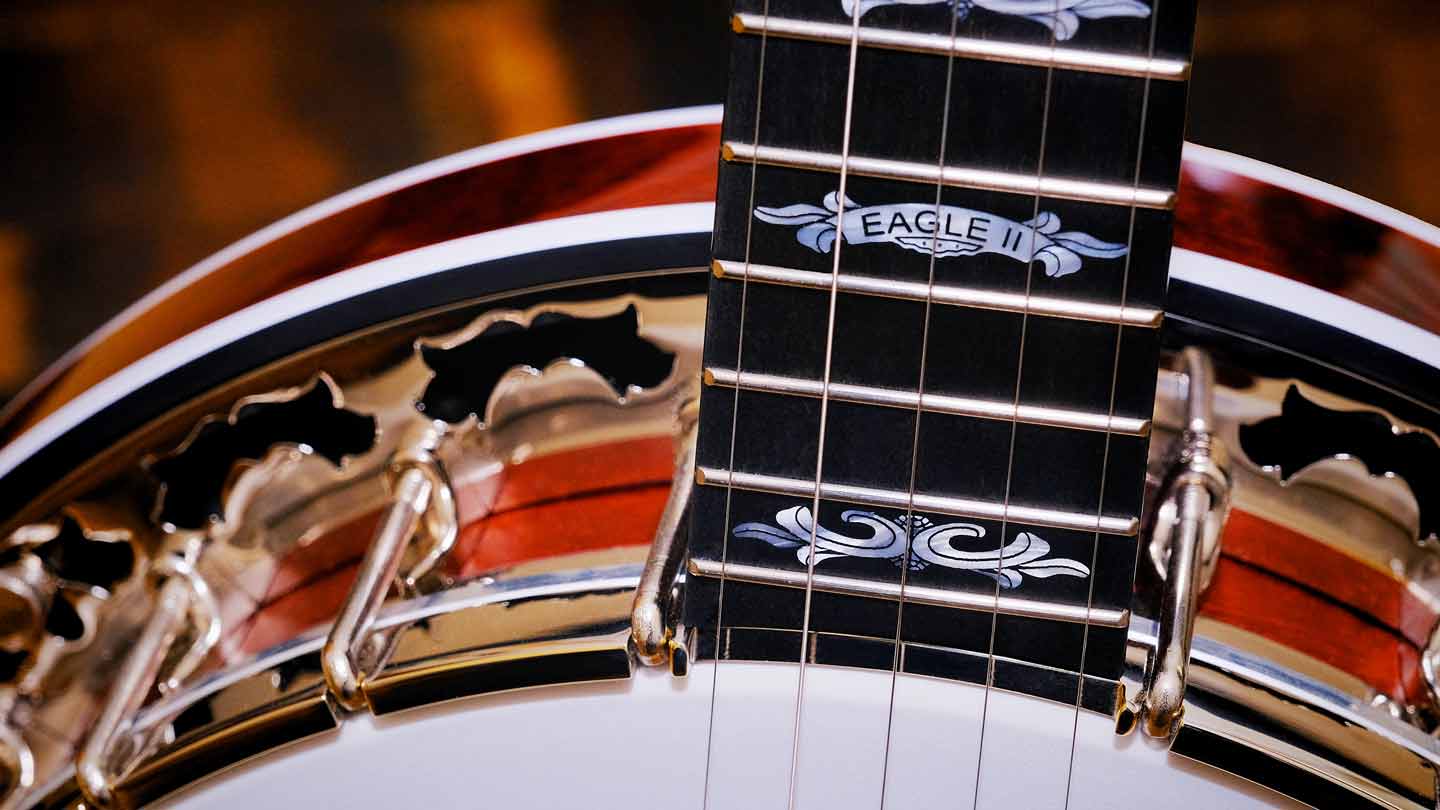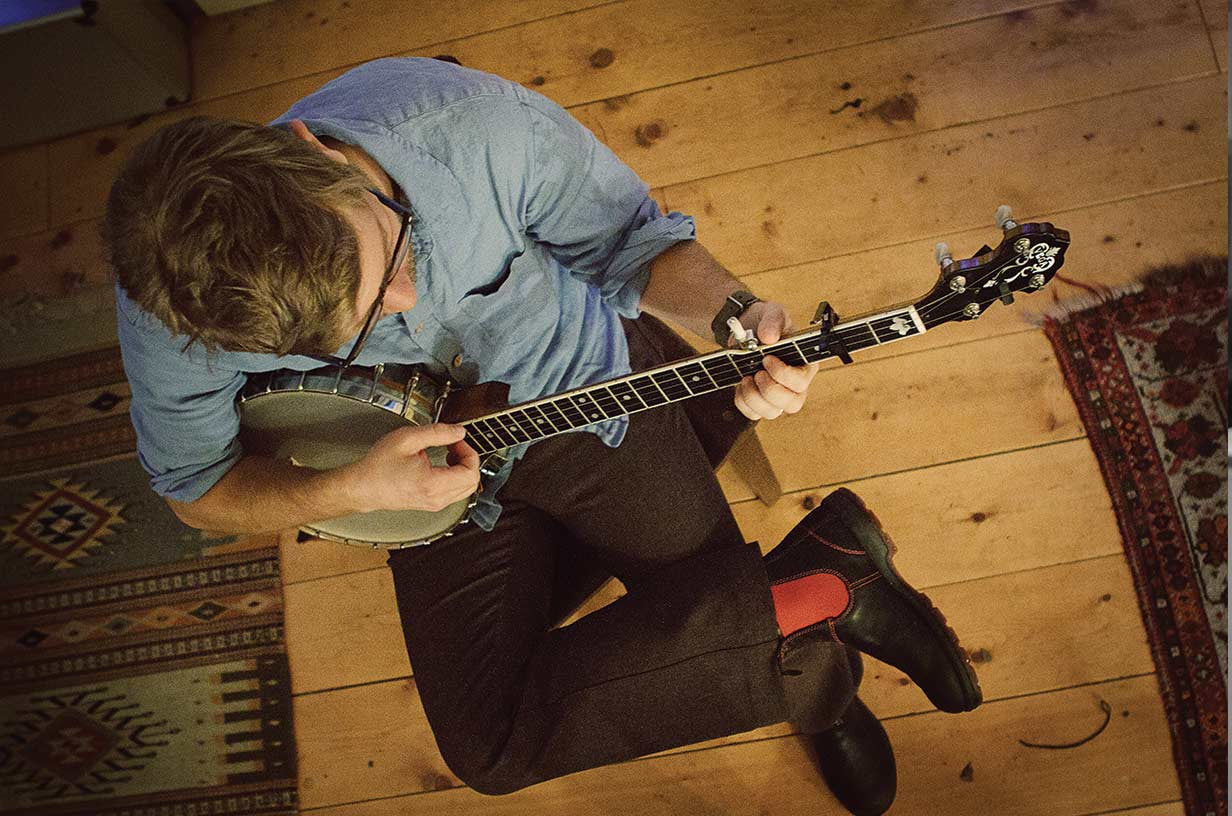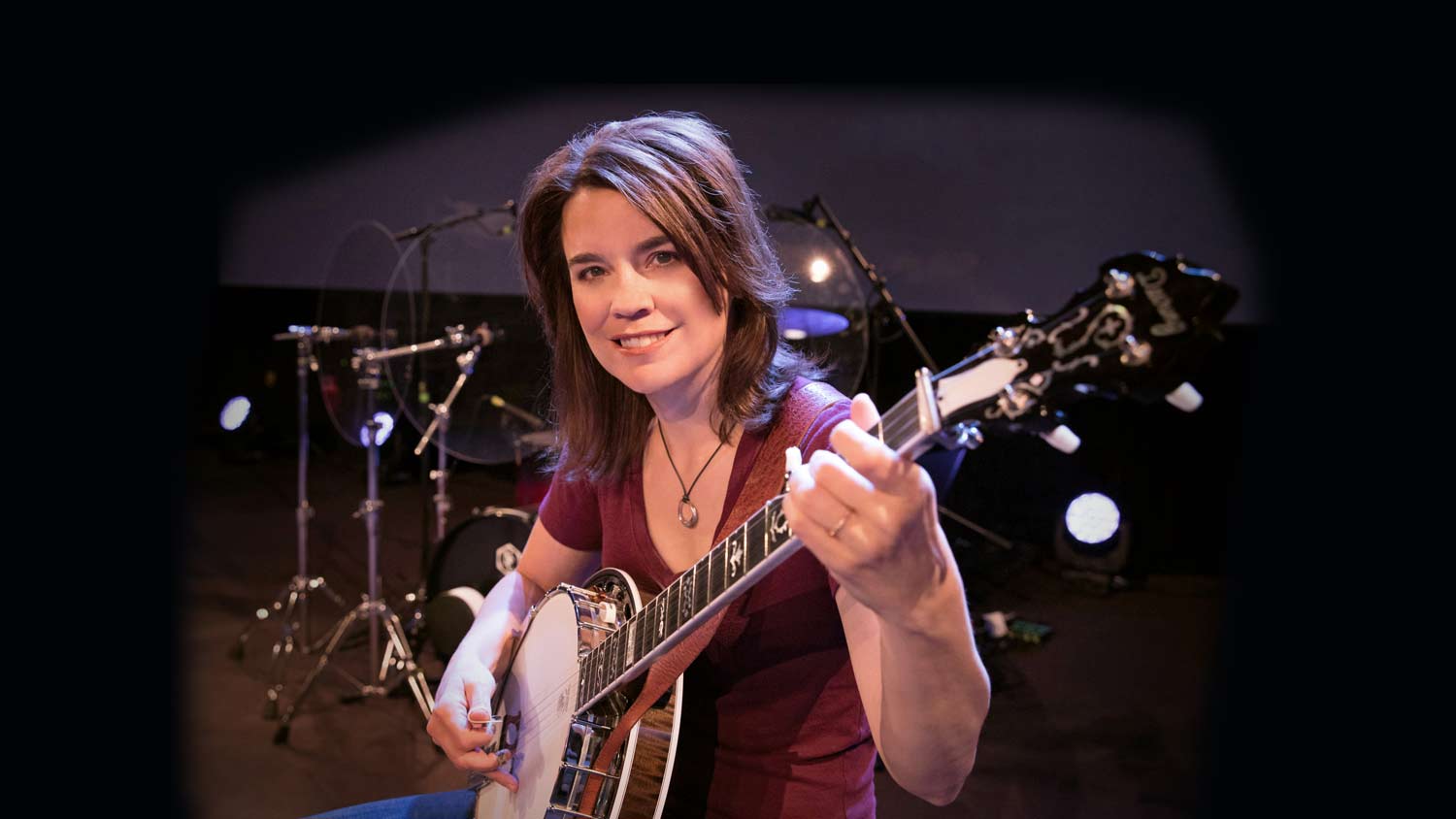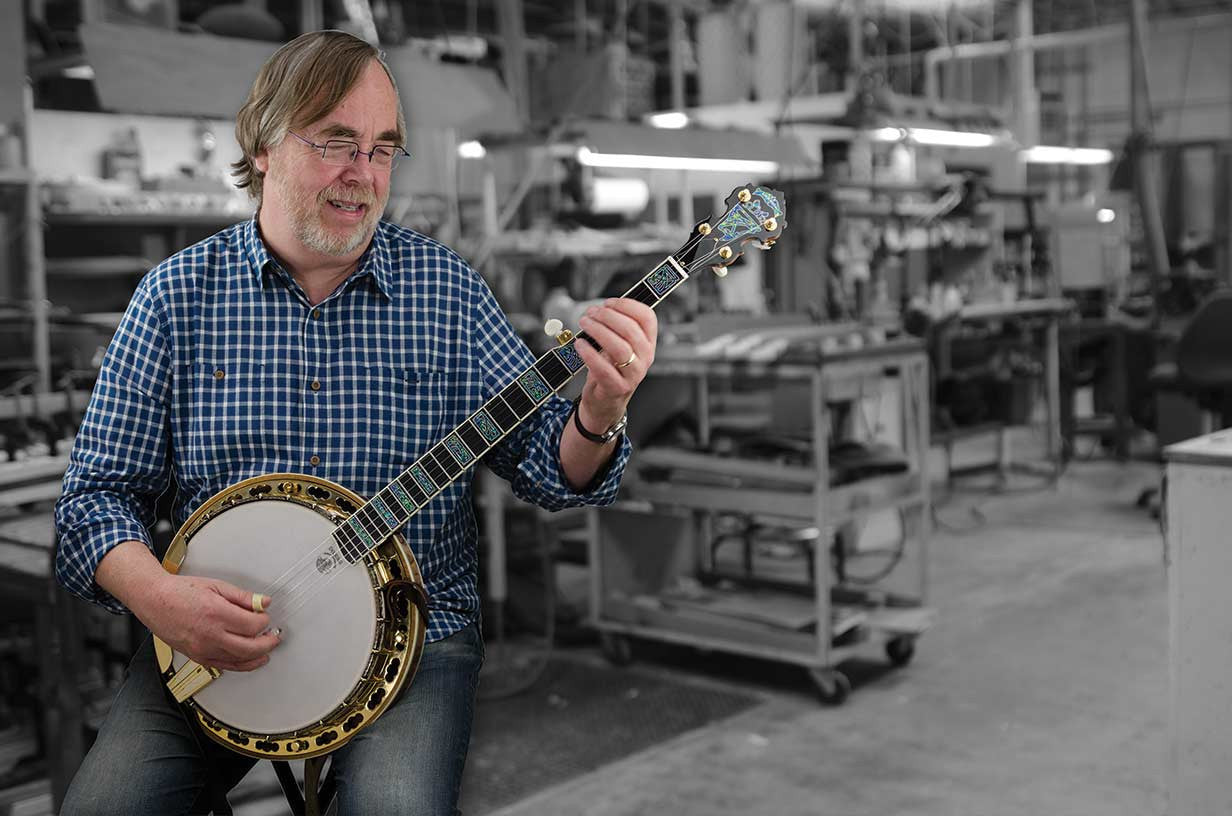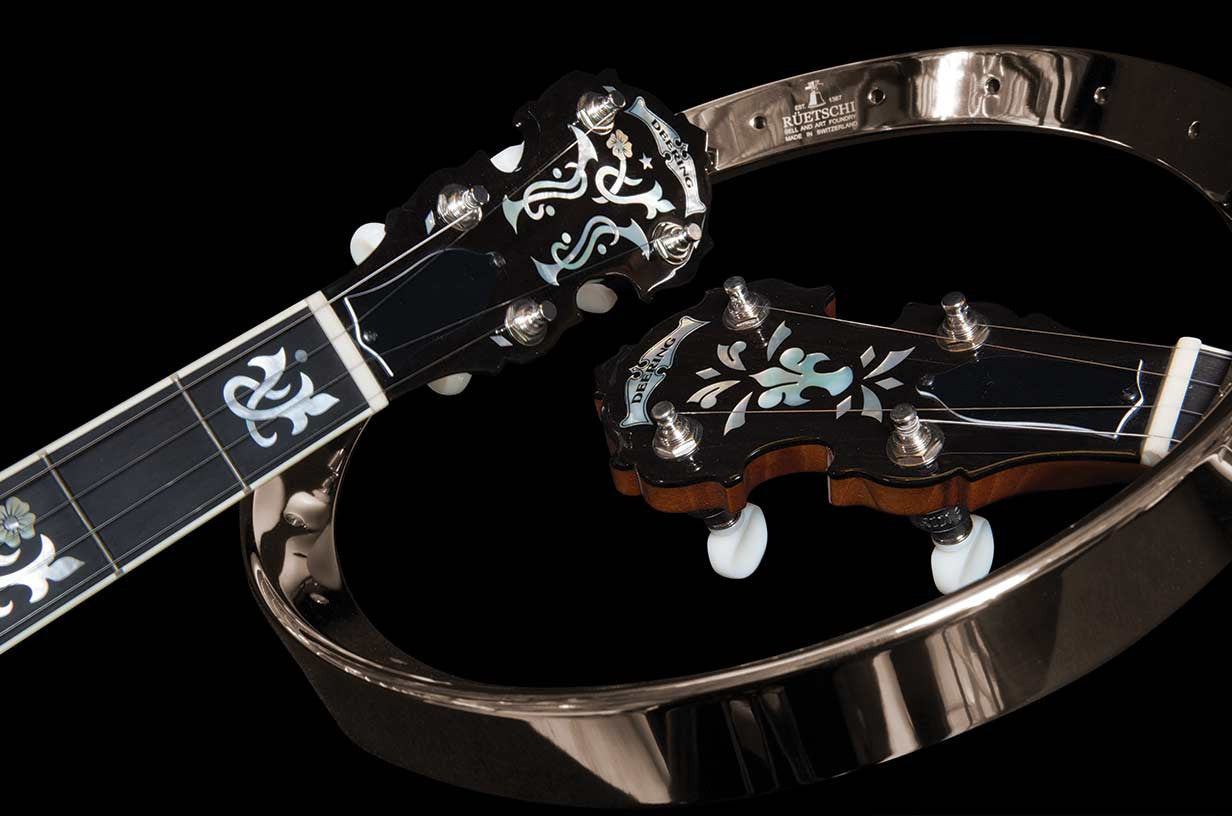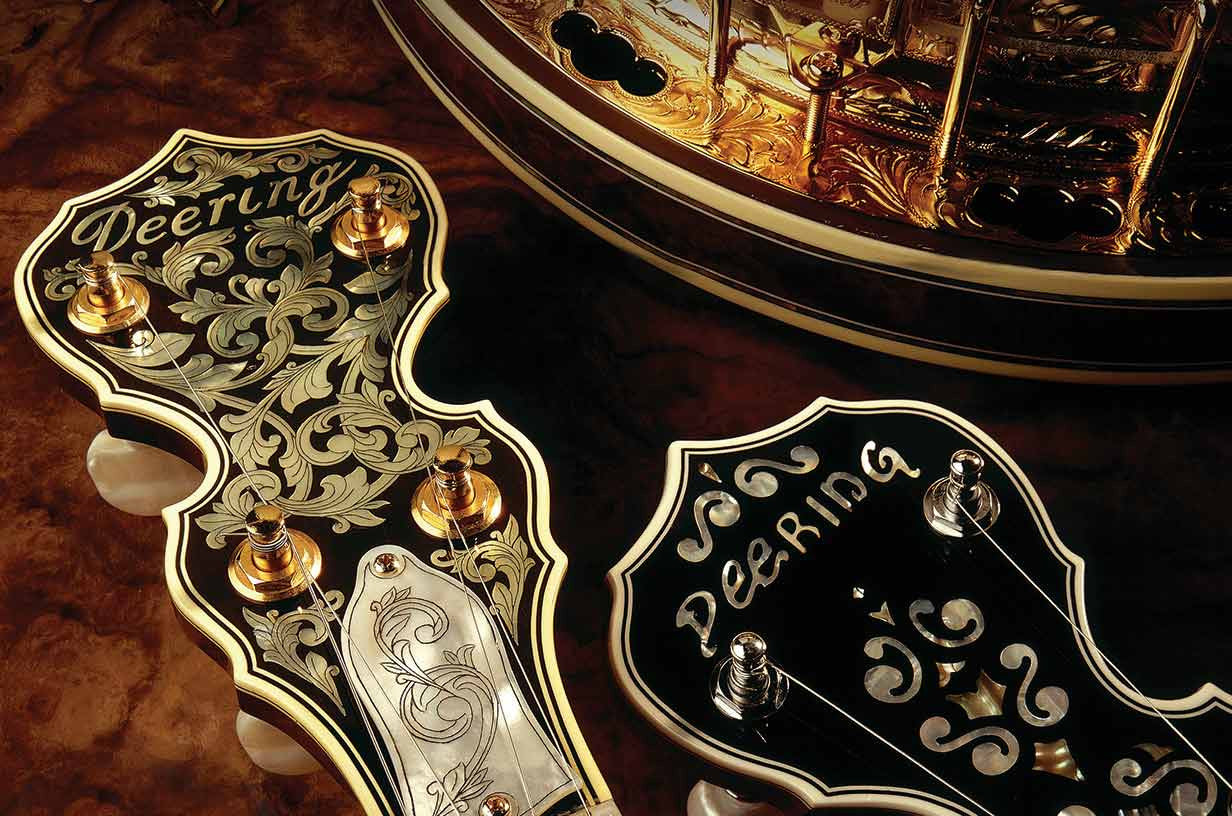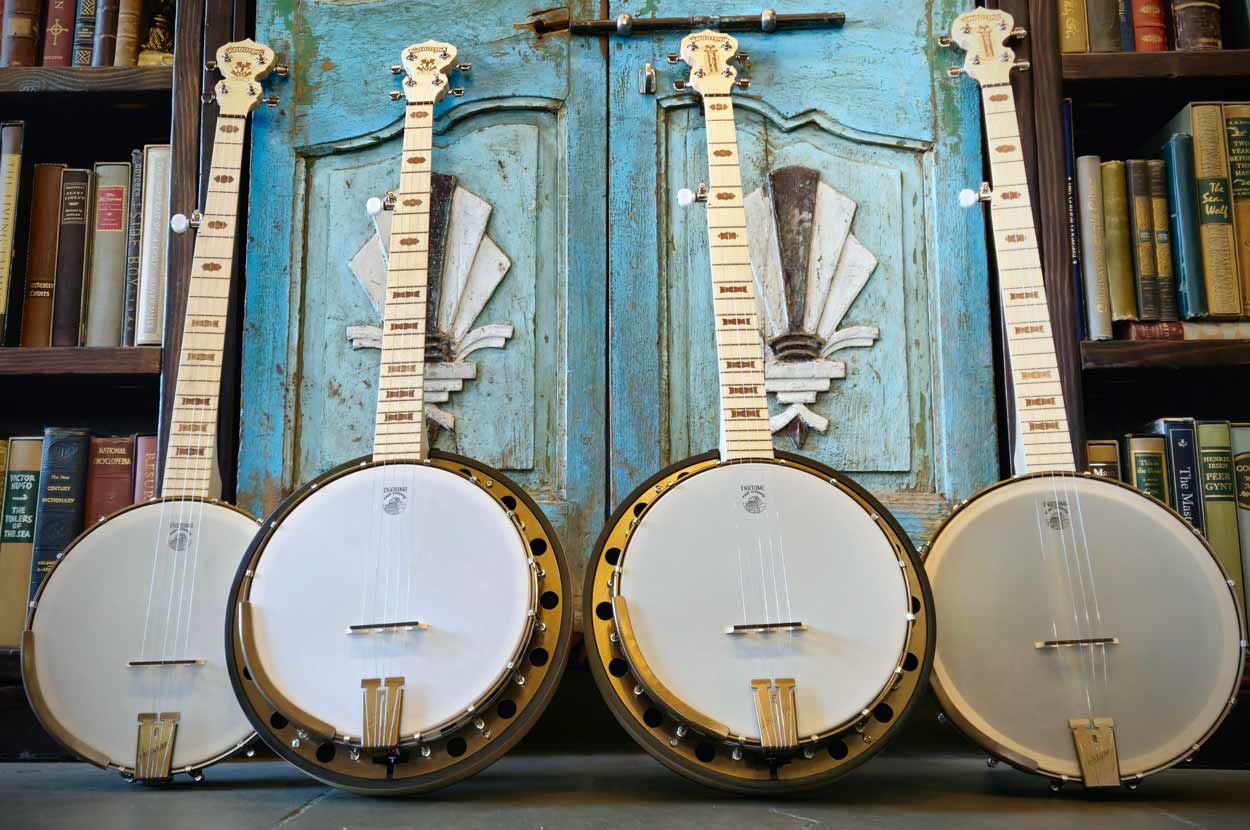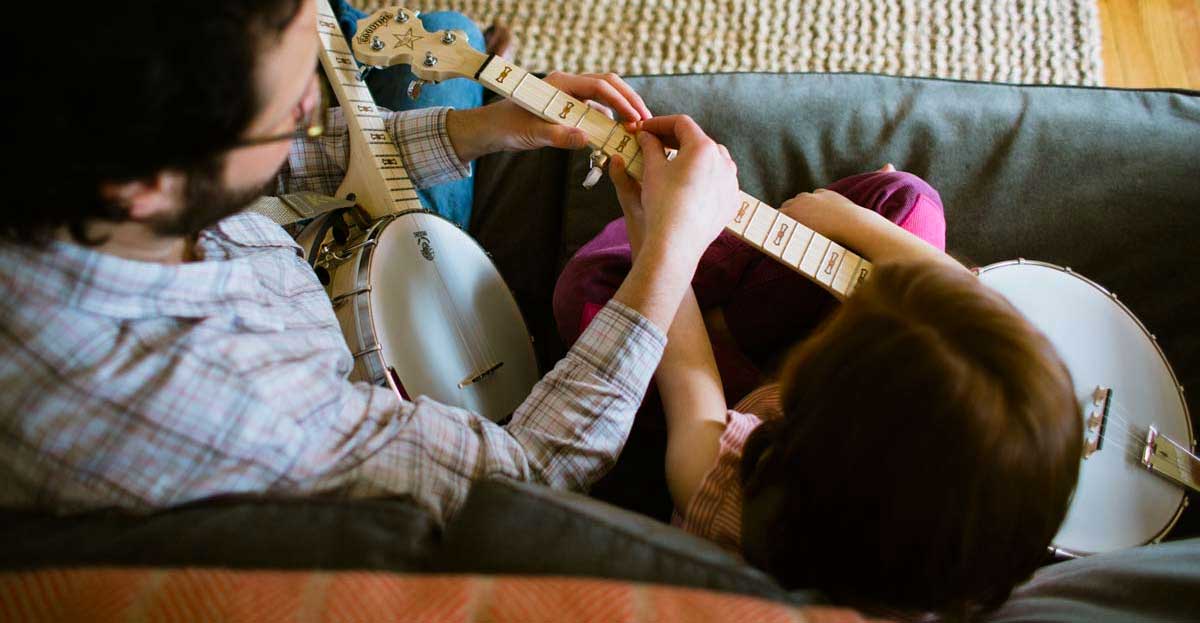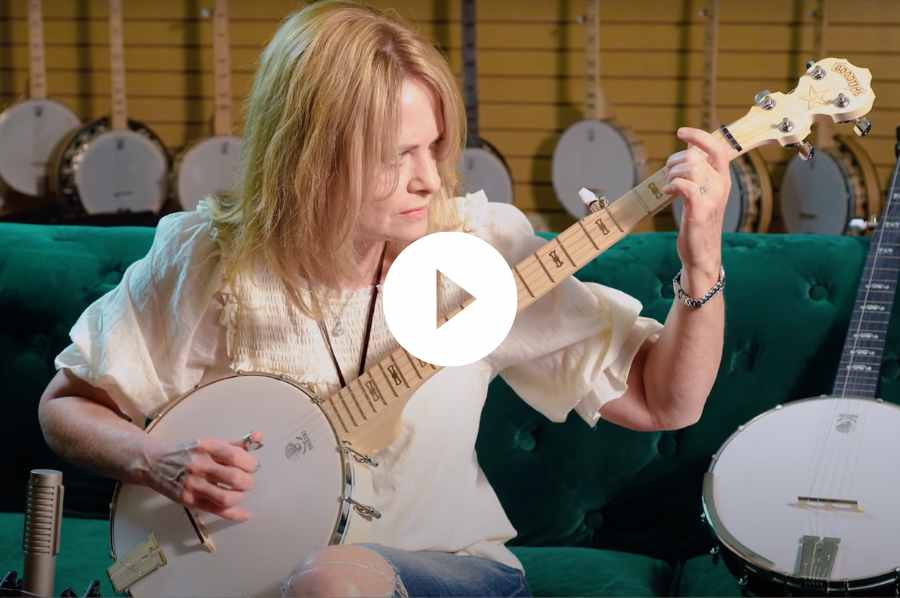Your Audio Fingerprint
Written by Barry Hunn
As each person’s fingerprint is unique in the world, so is their voice, their interpretation of music and their touch on the strings of the banjo. The way each person touches the strings of their banjo is completely unique, regardless of the musical style.
Your hand, your touch, will be uniquely yours on the banjo. Earl Scruggs has a touch. Jens Kruger has a touch. Tony Trishka has a touch. Bela Fleck has a touch. Each touch is as unique as an individual’s fingerprint. We can “imitate” other players, and some players are so skilled they can musically “impersonate” another player, but we’ll never sound exactly the same as another player. That is one of the magical elements of music. Your version of “Foggy Mountain Breakdown” will always be your version. Yes, you are playing the same song, but your emotional make up, your attitude, your “sense of the song” will be revealed when you play… whether you intend it or not.
In fact, because our fingers actually touch the strings of our banjo, we have intense, direct control of our banjo’s expressiveness. Our hands control the vibrating cords that, like vocal cords, express our intentions. In daily life, when we get angry, our body movements can become sharp, angular, jerking with tension and passionate intensity. When we are happy, our movements tend to be softer, rounder or smoother and usually more relaxed. In musical terms, attacking the strings harder, sharper and more aggressively can communicate intensity. Attacking the strings more delicately, with an easy flow can communicate gentleness and sweetness.
Expression is not just about loud and soft. It’s about swelling, building and releasing tension, gentleness, power. This is done through timing, tone control and volume all working together to create “expressiveness”. The human mind and body are capable of amazing subtly in creating music. In referring to timing, I mean, when playing a melody, you don’t necessarily play the note “exactly” when you’re supposed to in the song. You might play just a split second before or after the moment when the note is usually played. The listener is not usually “aware” of this difference, but the delay or note played sooner creates a “feeling” or “mood” that is unique. It’s not “right” or “wrong” it’s the interpretation of the artist. Even classical players have leeway in their expression of a classical piece. Bluegrass and jazz musicians will often play with such great “variation” that if you don’t listen carefully, you can loose track of what they are playing. Comedians make us laugh because of the precise moment they deliver a line…. Whether the line itself is funny or not…they can MAKE it funny with timing.
A good banjo is capable of a huge spectrum of expression much like a piano, classical guitar or violin. Yes, they all have their unique “voice,” but expression is a combination of everything you do with your banjo. You cannot listen to the beautifully intricate, delicate, yet powerful clawgrass style of Mark Johnson or the dynamic, radiant fingerstyle of Jens Kruger without hearing how expressive the five string banjo can be. These masters both play the five string banjo, they both play beautifully and yet neither sounds anything like the other and they are using completely different techniques: clawhammer and fingerpicking. When you combine the individual musical style or expression of several musicians, you then create something also unique… a group sound.
The beautiful thing about playing with a group of musician’s is the way the music becomes the sum of all of you. You can sing with two other musicians a Kingston Trio song like “Tom Dooley” and your trio will never sound exactly like the Kingston Trio. It will always be uniquely YOUR TRIO. Choral directors and orchestra conductors learn how to place certain voices or instrumentalists in certain places in the music to create the “sound” they are after. So even when you take your unique touch on the banjo and play with other musicians, who have a unique touch on their instruments, your “group sound” also has a unique sound.
Why am I even discussing our uniqueness on the banjo?
We often “judge ourselves” based on the performance of others. We also try to “play just like…” our favorite player, a friend who taught us or some recording we’ve heard. But we seldom give ourselves credit for “sounding like us…. sounding good”.
The best way to work past this is lots and lots of slow, slow practice. When you practice very slowly, you naturally speed up. But also when you practice slow, you develop “your sound”. This happens naturally, automatically and never stops developing. You can’t expect to develop “your sound” with ten minutes a day three times a week….but, having said that, every level of ability has your sound built in. When you pick the strings slowly, at a pace that you are completely and totally comfortable, your fingers have time to pluck the string the way you want. In other words, you have control over the tone, timing, volume and expression of the string. If you push past your comfort zone, by playing faster than you are comfortable, your ability to control tone, timing and volume is lost.
Children first learning to hit a baseball tend to swing the bat as hard as they can and they usually miss the ball. But when the coach tells them, “meet the ball with your bat” they become more focused on hitting the ball, or “connecting the bat to the ball” rather than smashing the ball like professional ball players who make it look easy to hit a baseball.
New banjo players tend to pluck at the strings as fast as they can because they so want to make that sound that they’ve heard in concerts and on recordings. But if we “meet the string with our finger” instead of ripping across the strings before we are ready, we will hit the strings easily and the speed will gradually increase.
Hitting the baseball to counteract the curve ball or other flight distorting effects the pitcher puts on the ball, is why the new batter must master the basics of just hitting a straight thrown ball. Once a straight thrown ball can be hit with regularity, then the young batter can try putting a little more speed on the bat, increasing a little at a time. When he is batting faster and therefore harder, he can slow down a little and try to hit curve balls. But if he can’t hit a straight ball with regularity, swinging harder will only amplify his misses. Swinging without accuracy on a curve ball is an exercise in frustration.
This is just like the banjo picker, repeating the same picking patterns slowly, achieving a relaxed comfort level at one speed will make adapting to new techniques faster and quicker to learn. But every banjoist needs to slow down when learning new licks or techniques.
Practicing slowly helps define your unique sound. Some musicians become a little obsessed about being “unique” or “different”. Ironically, there is no need. Your sound will be uniquely yours, the more you play and enjoy your music.
Insisting that the banjo needs to be “played like Earl…” is not only a narrow definition of what is beautiful, but closes the door to the most beautiful music you can ever play….YOURS!
